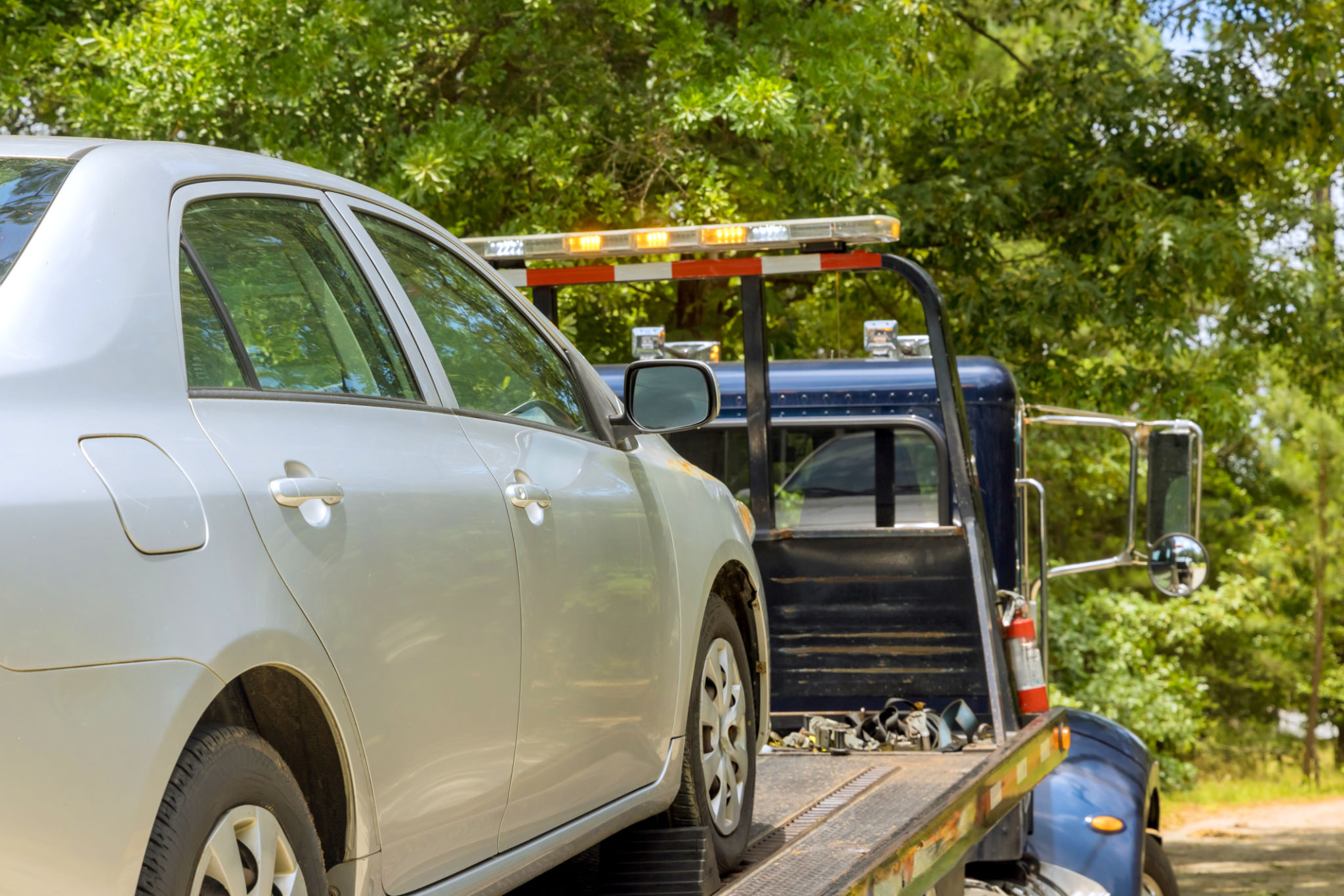How to Prepare Your Vehicle for Towing: Expert Tips from JC Towing
Understanding Your Vehicle's Towing Capacity
Before you start towing, it's crucial to understand your vehicle's towing capacity. Every vehicle has a maximum weight it can safely tow, which can typically be found in the owner's manual or on the manufacturer's website. Exceeding this limit can lead to dangerous situations and potentially damage your vehicle. It's essential to stay within your vehicle's limits to ensure safe towing.
Additionally, be aware of the Gross Combined Weight Rating (GCWR), which includes the weight of the vehicle, the trailer, and any cargo. Keeping your towing weight below this rating is vital for maintaining control and preventing strain on your vehicle.

Check and Maintain Your Vehicle
Regular maintenance is key to ensuring your vehicle is fit for towing. Before embarking on any towing journey, check the brakes, tires, and suspension. Properly functioning brakes are especially important because they’ll need to handle the extra load that comes with towing a trailer.
Inspect your tires for wear and ensure they are inflated to the correct pressure. Under-inflated tires can lead to poor handling and increased risk of blowouts. Pay special attention to the condition of your suspension system, as it will help manage the extra weight and maintain a smooth ride.

Install the Right Hitch
Choosing and installing the right hitch is another critical step in preparing your vehicle for towing. There are different types of hitches available, and selecting the one that matches your vehicle’s specifications and towing needs is crucial. A weight-distributing hitch, for example, can help to balance the load better and improve stability.
Ensure that the hitch is securely fastened and that all connections are tight. Regularly check for any signs of wear or damage, as a faulty hitch can lead to a loss of control or detachment of the trailer.
Ensure Proper Lighting and Signals
Once your hitch setup is complete, verify that all lighting and signal connections between your vehicle and trailer are functioning properly. This includes brake lights, turn signals, and hazard lights. Proper lighting is not only a legal requirement but also a safety necessity, ensuring other drivers are aware of your intentions on the road.

Load Your Trailer Correctly
Loading your trailer correctly is essential for stability and control. Distribute weight evenly across the trailer, keeping heavier items centered and low to the ground. This helps to prevent swaying and ensures a more stable towing experience.
Aim to have about 60% of the trailer’s weight in the front half and 40% in the back. This balance helps maintain control and reduces the risk of fishtailing. Secure all cargo with straps or nets to prevent it from shifting during transit.
Final Safety Checks
Before hitting the road, perform a final walk-around of your vehicle and trailer. Check all connections and ensure that safety chains are crossed under the hitch for added security. Test all lights once more and confirm that mirrors provide a clear view of the trailer.
Finally, make sure you have all necessary documentation, such as registration and insurance for both your vehicle and trailer. Being prepared with all paperwork can save time in case of any inspections or emergencies during your journey.

